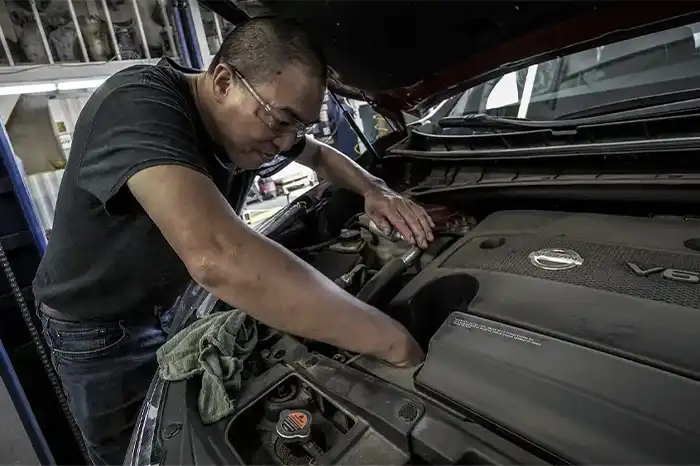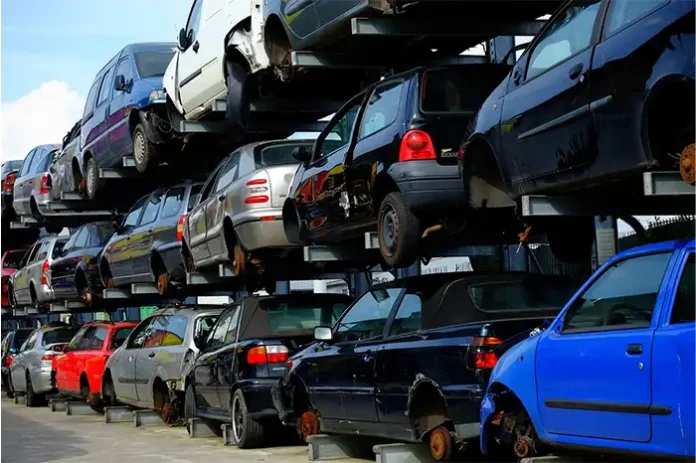The lifespan of a car, from its journey on the production line to its final destination in a scrapyard, reflects much about consumer habits, technological advancements, and economic factors. With ever-evolving automotive technologies and shifts in consumer behavior, understanding vehicle longevity in America offers invaluable insights into car ownership and its impact on society. In this article, we’ll delve into the intricate dynamics that determine how long cars remain on the road, examining critical factors influencing vehicle durability and owner behavior.
Changing Trends in Transmission Types
One notable trend in recent years is the declining popularity of manual transmission cars in the United States. Currently, only 13% of vehicles purchased are equipped with manual gearboxes, highlighting a preference shift towards automatic transmission. This change is not just a reflection of technological advancement but also indicates evolving consumer priorities, such as ease of use and comfort.
Manual transmissions, once favored for their fuel efficiency and control, are being overshadowed by advancements in automatic gearboxes. These modern systems offer comparable fuel efficiency and improved control options without the learning curve associated with manual driving. Consequently, consumers are increasingly inclined towards options that minimize the complexity of their driving experience, influencing the types of vehicles that dominate the market.
With the declining demand for manual cars, manufacturers have adjusted their production, focusing more on automatic models. This has implications on the types of repairs and maintenance demanded in the marketplace. As fewer manuals are sold, the longevity of these vehicles might be affected due to the decrease in specialized technical support and parts availability.
The Impact of Auto Repairs on Vehicle Longevity

The durability of a car significantly influences its lifespan, with car owners frequently encountering repair needs. Notably, a vast majority of repairs — around 80% — are linked to ensuring the vehicle remains durable over time. This statistic underscores the fact that a car’s ability to withstand wear and tear directly affects how long it remains operational for its owner.
Regular maintenance and timely repairs not only extend the operational life of vehicles but also enhance their safety and performance. Given that a substantial portion of repairs relates to durability, it is essential for car owners to remain proactive in their vehicle upkeep routines. Neglecting these vital tasks could inevitably lead to a decreased lifespan and higher long-term costs.
Technological improvements in car manufacturing have led to increased vehicle longevity, yet these benefits can only be fully realized through proper maintenance practices. As repairs related to durability continue to be prevalent, it becomes clear that both manufacturers and owners play critical roles in ensuring cars reach their maximum potential lifespan. Thus, the longevity of a car is a shared responsibility between producers and consumers.
Average Ownership Duration and Its Implications
On average, car owners in the United States retain their vehicles for approximately 8.4 years. This figure sheds light on the typical lifespan of a car in the personal ownership segment before it is either sold, traded in, or scrapped. The duration of ownership not only reflects the quality and durability of vehicles but also personal and economic factors such as maintenance costs and the allure of newer models.
Short ownership periods can result from various factors, including rapid depreciation, the high cost of repairs over time, and advances in automotive technology enticing owners to upgrade. As car designs and features become more sophisticated, many consumers opt for newer models despite their existing vehicles being functional. This trend places pressure on manufacturers to constantly innovate to maintain customer interest.
Furthermore, the average ownership duration is indicative of the broader economic landscape. In times of financial stability, consumers may prefer to upgrade more frequently, whereas tighter economic conditions might encourage longer-term ownership. Understanding these dynamics can help predict market trends and guide strategic decisions for manufacturers and dealers.
Final Words
The journey of a car from the factory floor to the junkyard is influenced by numerous factors, including consumer behaviors, technological advancements, and economic circumstances. The precision with which vehicles are built today means they have the potential for a longer lifespan, provided that they are well-maintained. Understanding and adapting to these trends is essential for manufacturers, dealers, and consumers alike.
As the automotive industry continues to evolve, so too will the patterns of vehicle longevity. The ongoing challenge will be to balance the desires for advanced features and sustainability with the practical needs of users. By comprehensively understanding these factors, stakeholders can contribute to a more sustainable model of car ownership where vehicles serve their purpose effectively throughout their lifespan.
Ultimately, the evolution of cars in America reflects a microcosm of societal change, where values of sustainability, convenience, and technological prowess intertwine. Our understanding of this evolution not only enhances our appreciation for the engineering marvels on our roads but also informs our choices toward a more sustainable automotive future.





